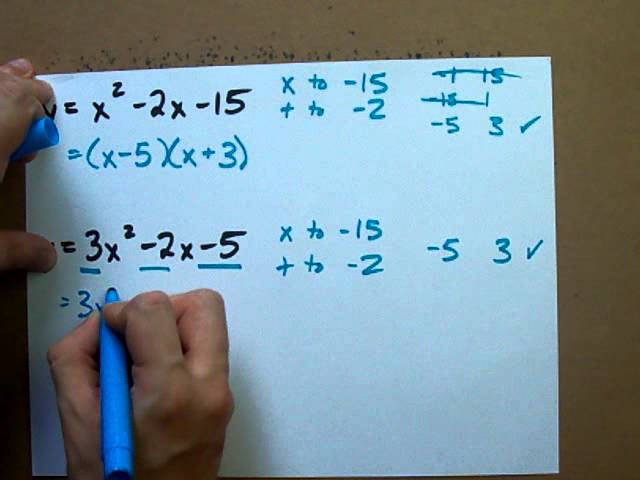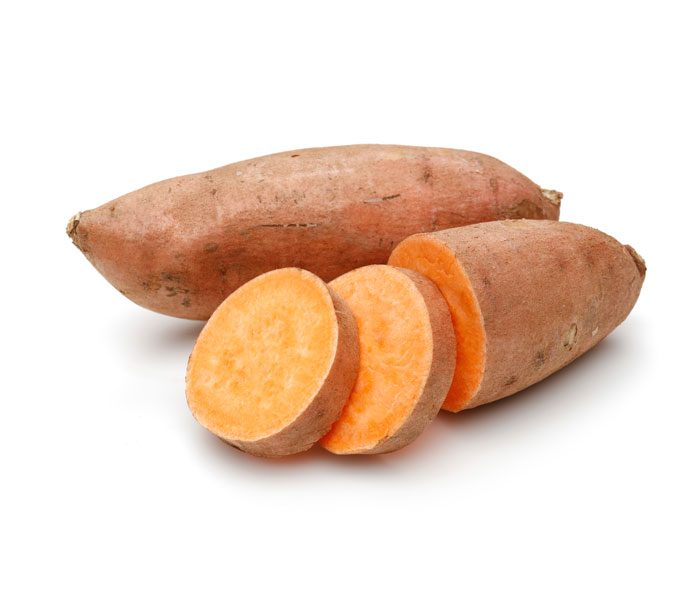How to Effectively Buff Out Scratches on Your Car in 2025

How to Effectively Buff Out Scratches on Your Car in 2025
Keeping your car looking pristine is more than just a vanity project; it's also about preserving the vehicle's value and integrity. In 2025, advancements in automotive care and detailing technology have made it easier than ever to maintain that showroom finish. Buffing scratches is a crucial skill for any car owner, especially if you want to restore your vehicle's appearance without breaking the bank. This guide will explore effective methods for buffing scratches, utilizing modern car scratch removal techniques and products. From understanding polishing compounds to using buffers and microfiber towels, we'll break down the process step by step, ensuring you can tackle this task with confidence.
The benefits of learning these techniques extend beyond aesthetics. Proper scratch repair can prevent rusting and damage to the vehicle’s paint job, ultimately preserving its resale value. This article provides a roadmap for DIY scratch repair, the necessary tools, best practices, and expert recommendations to help you become proficient at automotive finishing.
Key takeaways include a list of essential products, a detailed buffing process, and safety considerations for handling buffing tools. Whether you're a beginner or a seasoned car enthusiast, this guide aims to elevate your car maintenance routine by providing actionable insights into scratch repair techniques.
Essential Tools for Buffing Car Scratches
Before diving into the buffing process, it's crucial to gather the right tools. A well-equipped scratch repair kit enhances your chances of achieving a flawless result. Here are the main tools you'll need:
Dual Action Polisher
The dual action polisher is a versatile tool that can effectively remove scratches without causing damage to the clear coat. Unlike rotary polishers, dual-action models oscillate and rotate, providing a gentle yet effective buffing motion. For beginners, this is an ideal choice.
Buffing Pads
Choosing the right buffing pads is essential for effective scratch removal. Soft pads are better for delicate paints, while firmer pads are suited for heavy-duty buffing tasks. Always pair the pad with a compatible polishing compound for optimal results.
Microfiber Towels
When it comes to applying products and wiping off residue, never underestimate the importance of microfiber towels. They are gentle on the paint and help prevent swirl marks that can occur with regular towels.
Building on these essentials, the next section will outline the buffing process step by step, ensuring you understand how to apply these tools effectively.
Step-by-Step Process of Buffing Out Scratches
Now that you have your tools ready, let’s explore the buffing process. A systematic approach ensures every step is executed correctly:
Preparing the Vehicle Surface
Before any buffing can occur, it's essential to thoroughly clean the vehicle. Begin by washing the car with a gentle soap, focusing on scratched areas to remove dirt and debris. This preparation step prevents any further scratches that could occur during the buffing process.
Identifying Scratches
Understanding the severity of the scratches is crucial. Use your fingers to feel the scratches - if they catch on your nail, they’re deeper than surface scratches and may require more intensive care methods. For minor blemishes, a clear coat scratch remover might suffice. For deeper ones, consider a rubbing compound.
Applying the Polishing Compound
Once the surface is clean and the scratches identified, it’s time to apply your chosen polishing compound. Apply a small amount to your buffing pad, and work it into the scratched area using the dual action polisher. Keep the polisher moving to avoid heat buildup, which could damage the paint.
Buffing Technique
Use a gentle yet firm pressure while buffing, enabling the compound to work effectively. Keep the polisher flat against the surface and work in overlapping passes to ensure even coverage. Once satisfied with the buffing, wipe away any excess compound using a clean microfiber towel. This step is essential to prevent leftover product from creating a cloudy finish.
With these techniques established, we will now move into safety tips and considerations to keep in mind while buffing.
Safety Tips for Buffing and Scratch Repair
Utilizing buffing tools effectively also means understanding safety measures. Without proper precautions, you risk damaging your vehicle or injuring yourself during the process. Here are vital safety tips to consider:
Wear Protective Equipment
Always wear safety glasses to protect your eyes from dust and debris when buffing. In addition, a dust mask can be beneficial for preventing inhalation of fine particles from products used during the process.
Work in a Well-Ventilated Area
Ensure you're working in a well-ventilated space, particularly when using strong car care products. Proper airflow minimizes the concentration of fumes, ensuring a safer working environment.
Read Product Labels
Before starting, read all product labels carefully. Understanding how to use various car scratch solutions can prevent unfavorable outcomes and allergic reactions. Certain compounds may require specific application techniques or safety measures.
Following these safety tips, the next section will delve into advanced buffing techniques that can further enhance your scratch repair results.
Advanced Buffing Techniques for Professional Results
If you’re looking to take your car detailing skills to the next level, mastering advanced buffing techniques is key. These methods can help achieve a near-professional finish even as a DIY enthusiast.
Paint Correction Techniques
Paint correction refers to the process of restoring the vehicle's finish by removing imperfections such as swirl marks, scratches, and oxidation. This usually involves multiple stages of polishing with varying degrees of abrasiveness. It's recommended to start with a more aggressive compound and gradually move to finer ones.
Using a Rotary Polisher
While dual action polishers are beginner-friendly, rotary polishers offer a powerful alternative for experienced users. The rotary action can achieve significant paint restoration but requires skill to prevent burn marks. Invest time in practicing with this tool to fully harness its capabilities.
Experimenting with Ceramic Coatings
In recent years, ceramic coatings have become popular in automotive care, known for their durability and protective features. Applying a ceramic coating after buffing can preserve the restored finish and add an extra layer of protection against scratches and environmental contaminants.
With advanced techniques explored, let’s now cover how to maintain your vehicle’s appearance and protect it from future scratches.
Maintaining Your Car's Finish Post Buffing
Regular Washing Techniques
Implementing a regular washing schedule is essential. Use a gentle wash method, utilizing soft sponges or microfiber mitts, and avoid automatic car washes that may cause fine scratches. A two-bucket method can reduce the risk of dirt being transferred back onto the finish.
Proper Drying Methods
Using microfiber towels for drying is vital. Avoid using cotton towels, which may cause scratching. Instead, opt for soft, absorbent microfiber towels to safely remove water and prevent streaks.
Applying Wax or Sealant
Consider applying a coat of wax or a sealant periodically. This protects the paint and enhances the glossy finish achieved from buffing. It acts as a barrier against UV rays, dirt, and moisture, reducing the likelihood of scratches.

The strategies and products discussed in this article can guide you effectively in buffing out scratches and maintaining a stunning vehicle appearance. For further insight, let’s wrap things up with some common questions surrounding buffing and scratch repair.
Q&A on Buffing and Scratch Repair
What is the best product for buffing scratches?
The best product for buffing depends on the scratch severity. For surface scratches, a clear coat scratch remover or polishing compound can be effective. For deeper marks, consider using a rubbing compound for more aggressive treatment.
Can I buff out scratches by hand?
Yes, hand polishing is a viable method, especially for minor scratches. It requires more effort but can yield satisfactory results with the right tools. Ensure to use a quality product and microfiber towels for the best application.
How often should I buff my car?
The frequency of buffing can vary based on use and environmental conditions. Generally, buffing should be done as needed, particularly when visible scratches or blemishes appear. Regular maintenance and prompt attention to scratches will help keep your paint in top condition.
Conclusion
Buffing scratches on your car doesn't have to be a daunting task. With the right tools, techniques, and knowledge, even beginners can achieve impressive results. Remember to invest in quality car care products and maintain a regular upkeep routine to prevent future damage. By mastering these skills, you not only enhance your vehicle's appearance but also contribute to its longevity and value.
